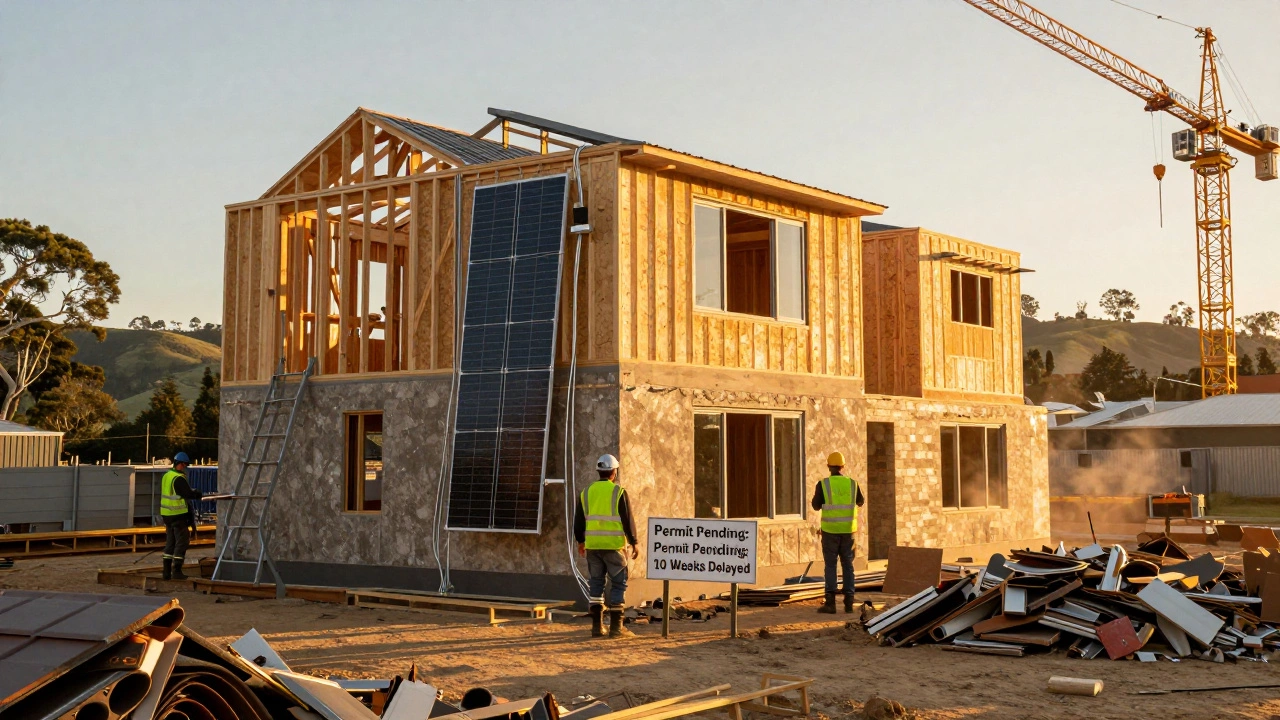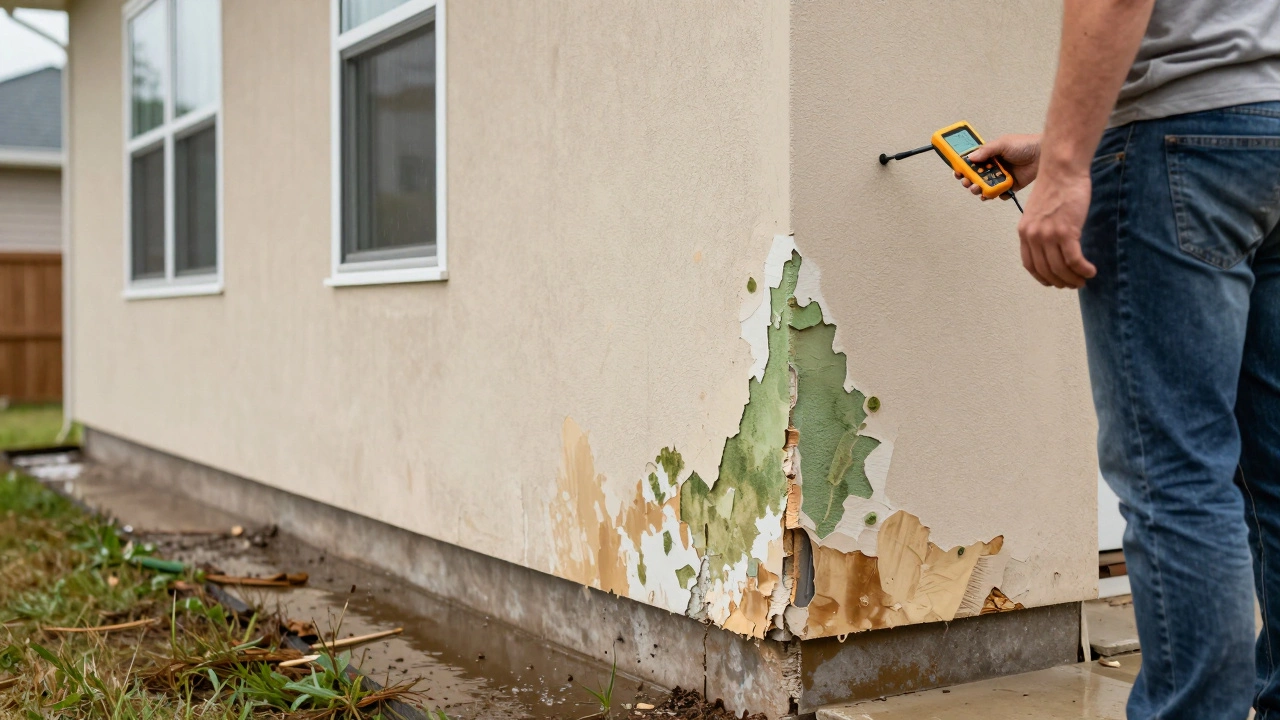Elevator Installer: What They Do and Why It Matters in UK Home Projects
When you think of an elevator installer, a certified professional who designs, installs, and maintains vertical transportation systems in buildings. Also known as a lift technician, they’re the ones turning empty shafts into safe, quiet, and reliable lifts that move people between floors—whether it’s a two-story home or a five-floor office block. In the UK, this isn’t just about convenience. It’s about accessibility, safety, and compliance with building regulations that have gotten stricter over the last decade.
An elevator installer doesn’t just show up with tools and bolt things together. They need to read blueprints, coordinate with builders and architects, handle electrical systems, and understand structural load limits. For a home project, they’ll work around existing stairs, flooring, and walls. For commercial jobs, they’ll align with fire safety codes and disability access laws like the Equality Act 2010. Many UK homes now include home elevators—not for luxury, but because aging populations and multi-generational living make vertical access a necessity. A good installer knows how to fit a compact lift into tight spaces, choose between hydraulic and cable-driven systems, and ensure the final unit runs quietly and reliably for decades.
It’s not just about the machine. The installer also handles permits, inspections, and post-installation training. They’re the link between design and real-world function. If you’re adding a lift to a listed building, they’ll know how to preserve historic features while meeting modern standards. If you’re retrofitting a basement flat, they’ll advise on ventilation, emergency stops, and battery backups. And they don’t disappear after the final test run—they often provide maintenance contracts because lifts, like any mechanical system, need regular checks to stay safe.
What you’ll find in the posts below isn’t a list of product specs or brand comparisons. It’s real-world context: how lifts connect to home renovations, what structural changes they demand, and why skipping a qualified installer can lead to costly mistakes. You’ll see how elevator installations tie into broader trends—like aging-in-place design, space-saving home upgrades, and accessible living. These aren’t theoretical ideas. They’re decisions homeowners and builders are making right now across the UK. Whether you’re considering a lift for your home or just trying to understand why it matters, the articles here give you the grounded, practical truth—not the sales pitch.






